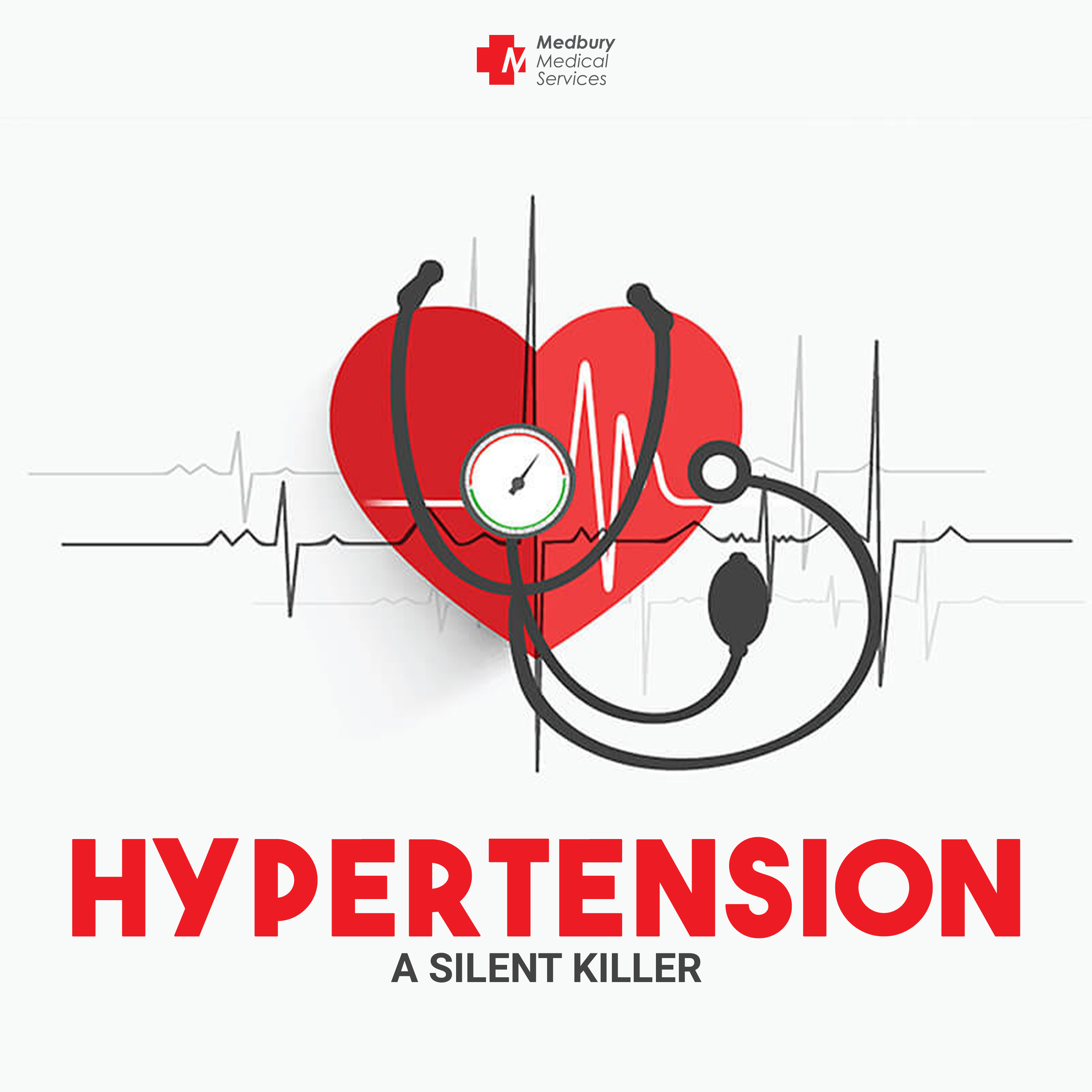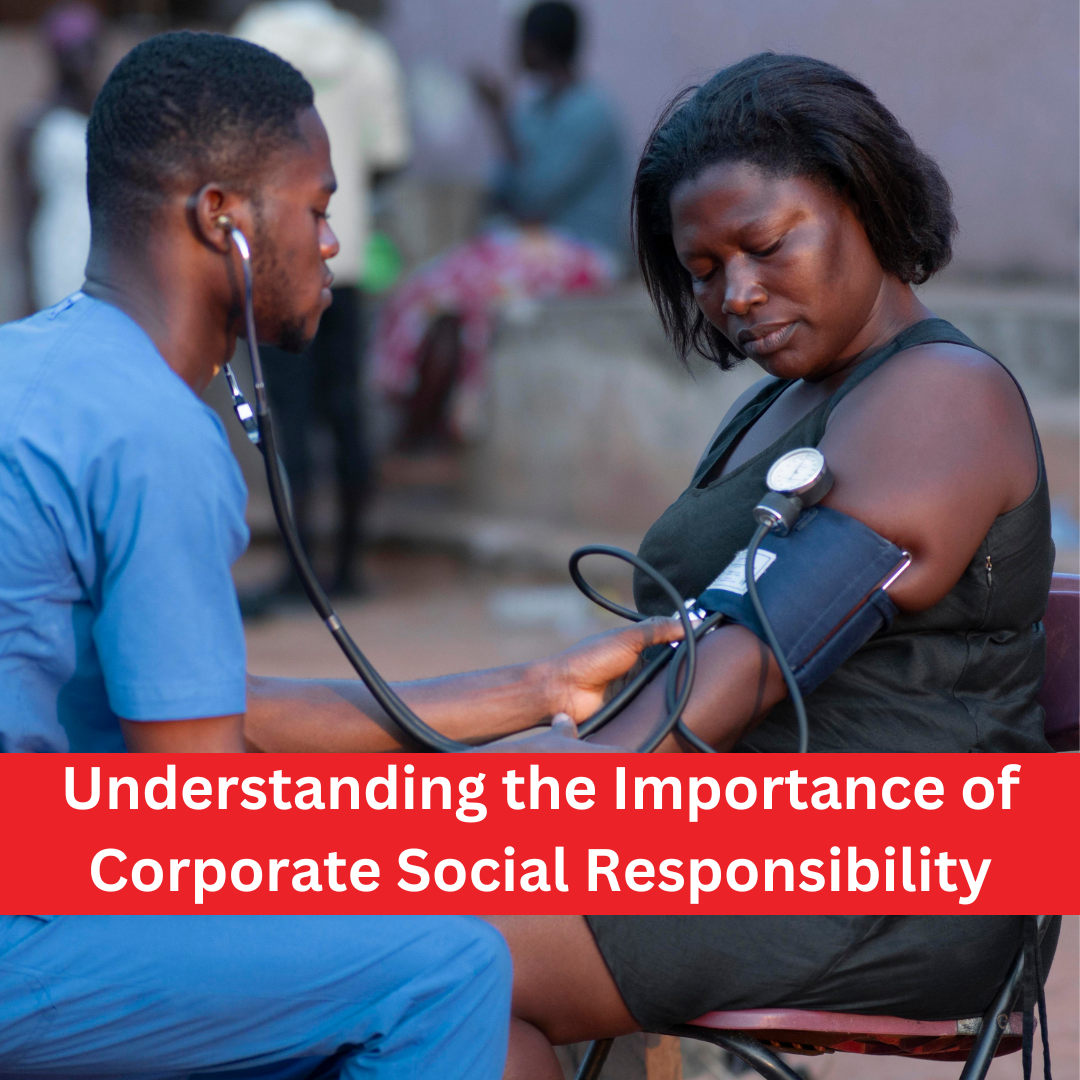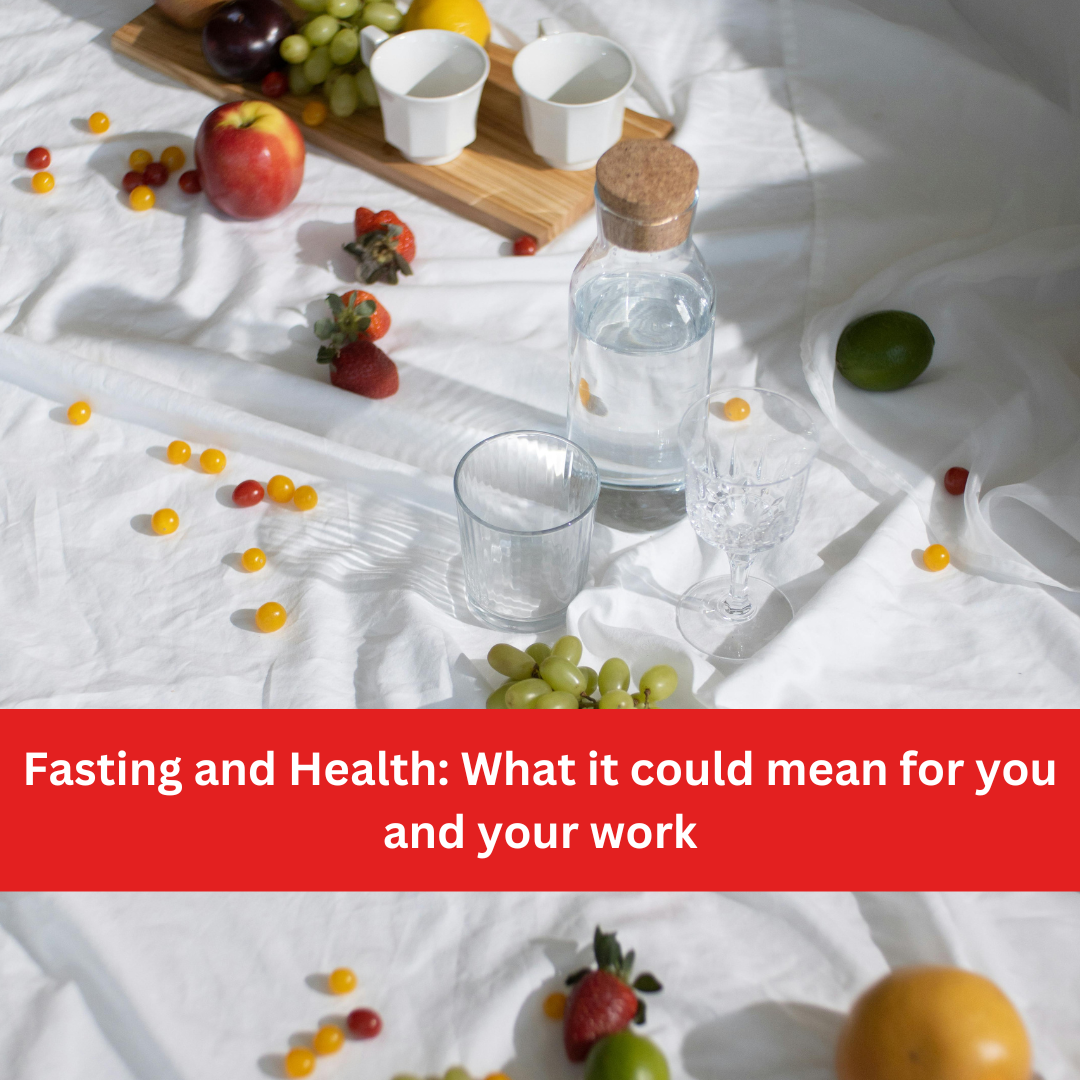
INTRODUCTION
Hypertension is widely known as the single largest contributor to avoidable deaths globally. There was a time hypertension was believed to be a disease of the affluent and the rich, but with the meticulous epidemiological redistribution, it is now a health concern for both the rich and the poor.
WHAT IS HYPERTENSION & WHY IS IT A SILENT KILLER?
Hypertension, also known as high blood pressure (HBP), is a long-term medical condition in which the blood pressure in the arteries is persistently elevated. High blood pressure typically does not cause symptoms.
An individual with hypertension may not notice any symptoms, hence the fitting designation – “silent killer.” Hypertension is a bona fide silent killer as very rarely will you catch sight of any symptom until a severe medical crisis ensues.
Since people are unaware of an increase in their blood pressure, hypertension can only be detected via blood pressure measurement using a sphygmomanometer (i.e., the popular “BP Machine”). Although most hypertensive patients are asymptomatic (not showing symptoms), some report headaches, lightheadedness, vertigo, altered vision, or fainting episodes.
Early detection of high blood pressure and keeping blood pressure under control is vital for preserving health and reducing the risk of plummeting into potentially dangerous complications.
WHAT ARE THE CAUSES OF HYPERTENSION?
The cause of hypertension is often not known.
High blood pressure that is not due to another condition or disease is called primary or essential hypertension.
If an underlying condition is the cause of increased blood pressure, it is called secondary hypertension.
Other conditions that can lead to hypertension include:
- Diabetes, due to kidney problems and nerve damage
- Kidney disease
- Cushing syndrome
- Pregnancy
WHAT ARE THE RISK FACTORS THAT PREDISPOSES YOU TO HYPERTENSION?
Risk factors can be modifiable (the ones you can do something about) or non-modifiable (the ones you can do little to nothing about)
Several factors increase the risk of hypertension. These include:
The Non-Modifiable risk factors –
- Age:
- Ethnicity:
- Sex/Gender:
Modifiable risk factors:
- Size and weight
- Excessive alcohol and tobacco use:
- Existing health conditions:
HOW IS HYPERTENSION DIAGNOSED & HOW OFTEN SHOULD YOU CHECK YOUR BLOOD PRESSURE?
Diagnosis of Hypertension is done using a Sphygmomanometer.
It is vital you check your blood pressure regularly.
HOW IS HYPERTENSION MANAGED?

Management of Hypertension is usually done using a combination of lifestyle modification and anti-hypertensive medications.
Below are some lifestyle modification you can adopt to manage and prevent hypertension
- Reducing salt intake
: People’s average salt intake is between 9 grams (g) and 12 g per day in most countries around the world.
The World Health Organization (WHO) recommend reducing intake to under 5 g a day. This has been proven to help decrease the risk of hypertension and related health problems.
- Moderating alcohol consumption
Moderate to excessive alcohol consumption can increase blood pressure.
The American Heart Association (AHA) recommends a maximum of two alcoholic drinks a day for men and women.
The following would count as one drink:
- a 12-ounce (oz) bottle of beer
- 4 oz of wine
- 1.5 oz of 80-proof spirits
- 1 oz of 100-proof spirits
- Eating more fruit and vegetables and less fat
People who have high blood pressure or people at increased risk of developing high blood pressure should eat as little saturated and total fat as possible.
Instead, take:
- whole grain, high fibre foods
- a variety of fruit and vegetables
- beans, pulses, and nuts
- Managing bodyweight
Excess body weight can contribute to hypertension. A fall in blood pressure usually follows weight loss, as the heart does not have to work so hard to pump blood around the body.
A balanced diet with a calorie intake that matches the individual’s size, sex, and activity level will help.
- Adopt a regular exercise routine.
Regarding exercises, do what your body allows you to do. The goal here is to ensure the exercise routine is as aerobic as possible. You can Stick to easy exercise routines such as brisk walking, swimming, riding a bicycle ETC. You can also try yoga as the poses help increase strength and flexibility and improve balance. These are critical areas for older folks, especially, and both men and women can benefit.
- Anti-hypertensive medications
Anti-hypertensives can be prescribed by an attending physician based on blood pressure findings. Do not self-medicate with anti-hypertensives as this could lead to serious adverse effect. Consult with your physician for appropriate prescription and attend your cardio clinic for outpatient follow-ups.
CONCLUSION

Hypertension is a subtle but dangerous chronic disease; it is essential you consistently check your blood pressure at intervals throughout the year. “Know your number” (i.e., your blood pressure readings) early. Hypertension though potentially dangerous has a good prognosis (likely outcome). The key, however, is to detect it early, get professional medical help where necessary, commence appropriate management and be compliant with your medications/lifestyle modifications as prescribed/recommended by your physician.







No Comments